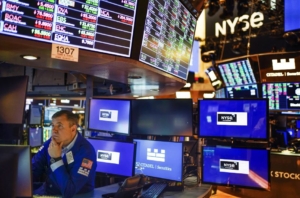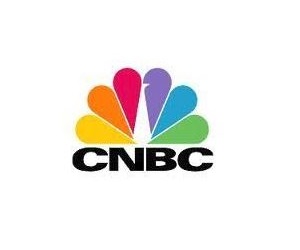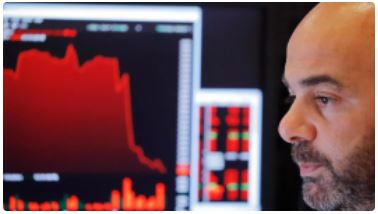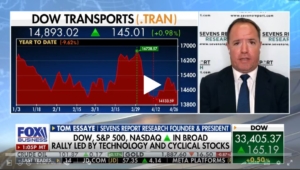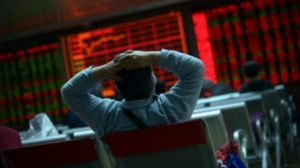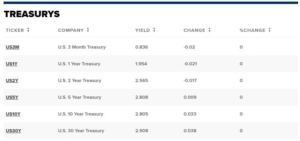What’s in Today’s Report:
- What the FOMC Decision Means for Markets (Is the Fed’s Bark Worse than Its Bite?)
- EIA Analysis and Oil Outlook Update
Futures are moderately lower as markets digest Wednesday’s big post-Fed rally following a night of underwhelming economic data.
The April Chinese services PMI plunged to 36.2 vs. (E) 41.1, reflecting the economic damage from lockdowns. In Europe, data was mixed as German Manufacturers’ Orders missed estimates while UK Services PMI beat expectations.
There are multiple Fed speakers today on financial media outlets (there are no official speeches scheduled) and don’t be surprised if they sound hawkish and push back on the post FOMC rally yesterday (this is especially true for Bullard, whose doing interviews today).
Today’s focus will be on the aforementioned Fed speakers, and again don’t be shocked if they sound “hawkish” and that causes some giveback from yesterday’s rally (but a hawkish tone won’t undo the positives from Powell’s press conference, either).
Economically, there is a BOE Rate decision and they are expected to hike 25 bps. Domestically, the key report today is Unit Labor Costs (E: 6.8%) as that will give us a good look at total wage inflation (and if it’s higher than estimates that will be a negative). We also get Jobless Claims (E: 178K) but that shouldn’t move markets.
